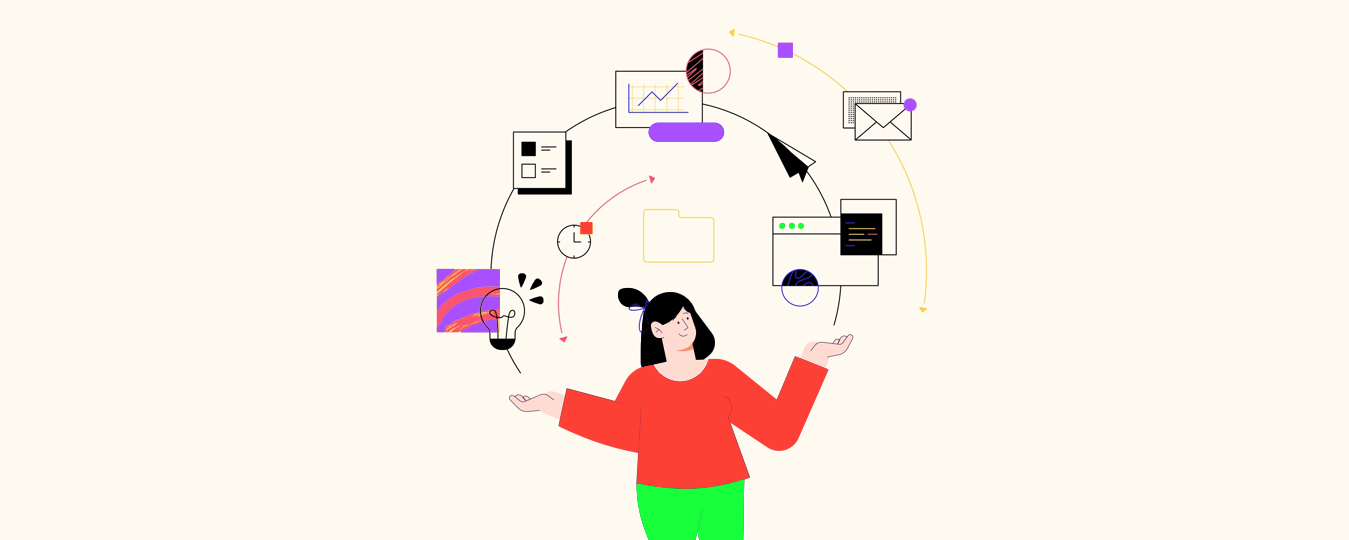Design thinking focuses on solving problems. A problem can have many layers beneath it and would require a systematic approach to get to an ideal solution. For this reason, iterative design exists where one can incorporate any number of iterations to perfect the product before it is launched. But how much is too much? Designs should not be changed based on iterations or should they? When do you know it is enough?
In this article, we will understand the problem that most of the designers face and the possible solutions.
A Never Ending Scope
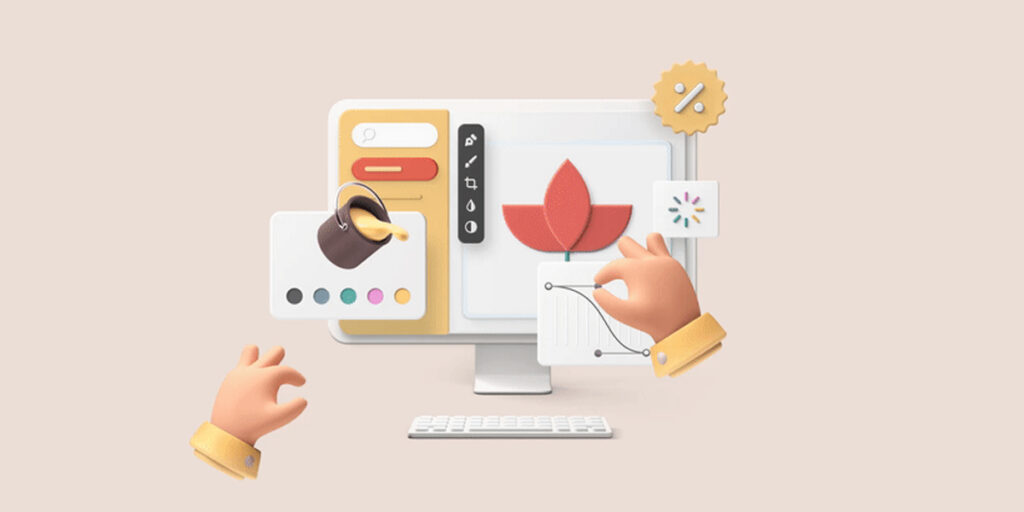
As we stated before, design solves problems. And we can encounter a multitude of problems when we try to solve one. We could be lost in the labyrinth of perfection, forever in the loop of iterations. There will always be something to improve. There is nothing that fulfills every criteria for everyone. A great design should solve at least 80% of the perceivable problem. If you believe you have achieved perfection, then you have hit the 80% target. In addition to it, a lot of iterations could also push the launch date of the product further.
Tunnel Vision Syndrome
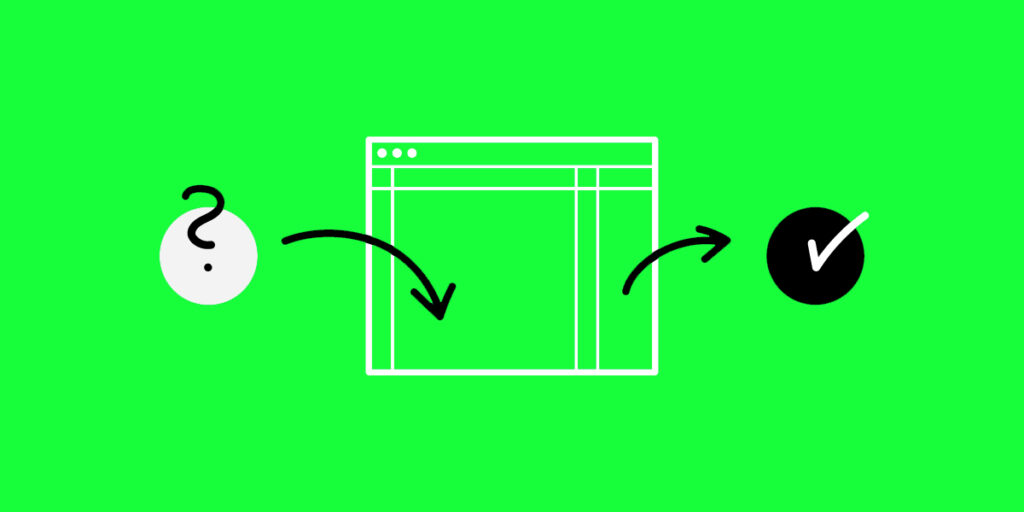
Iterative design process takes in every aspect of a problem. Once the greater problems are solved through design, the smaller problems start to take a toll on designers. These could be related to colour scheme, a new found functionality, or anything. This gives the designers a tunnel vision and they could become absorbed in solving the unnecessary things. This brings us on to the next vital point.
Separating Design Problem from Aesthetic Problem
Often, aesthetics takes a center stage and gets mixed with the design problem. The stakeholders can be focused on the look and feel of a design to such an extent that it takes over the actual problems in functionality. One negative comment could throw you off on the deeper end of endless iterations. In such cases, designs should not be changed based on iterations.
Changes Can Complicate Result and the UX metrics
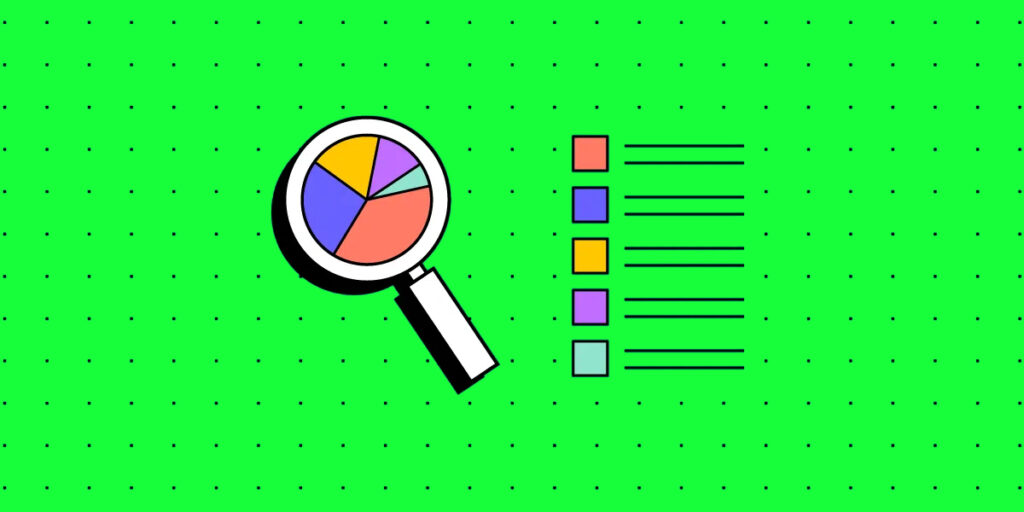
If the changes asked by a stakeholder completely contrast to what the users liked, then it could create mixed results when the final product launches in the market. Here, the iterative design process shouldn’t be exploited. Additionally, changing the design could also compromise the UX metrics of the website.
How much is too much? What should be changed and what shouldn’t be touched?
The more complex the design, the more the iterations would be needed. However, simpler products such as websites and other predefined products should take a maximum of 3 iterations per feature in the prototype. In each of these feedback sessions, make sure that each feature is reviewed thoroughly by the designers as well as the client so that we can reduce the efforts.
Now, let’s focus on scenarios where you can practice iteration design process and where you shouldn’t:
Can Change
- Prototype issues
- Issues with buttons
- Functionality and technical issues
- Textual content issues
- Zooming issues
- Resizing issues
- Centering elements
These are the issues that take minimal time to fix and can be done in the prototyping phase. Hence, these issues can be looked into and given a second look.
Shouldn’t Change
- Navigational issues
- Complex texts and wordings
- Improvable features
- Out of scope issues
These issues often have a heavy requirement of time. Solving them will further push the deadlines and create an air of tension.
These simple tips could help you navigate your iteration design process. We hope you know better now that design should not be changed based on iterations – doesn’t matter what your stakeholders perceive to be better.
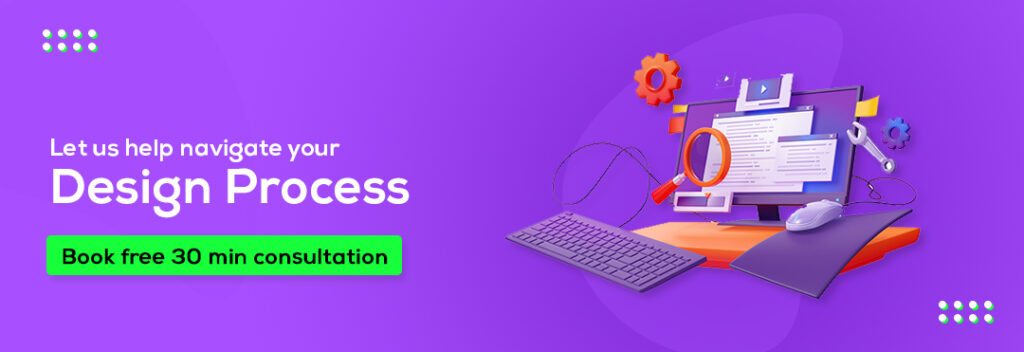
Also, the big plot holes you see on your project could just be in the blindspot of the user until you put it in their consciousness. It is best to keep the project going and have a good judgment over usability and minor tweaks.
| Steps | Iterative Process |
| Step One | Planning and Requirements |
| Step Two | Analysis and Design |
| Step Three | Implementation |
| Step Four | Testing |
| Step Five | Evaluation and Review |
It is also important to note that there will always be a scope of improvement and discovery even after launching the product. The iterative process can be a never ending but you have to be wise enough to know when to step in and when to let ‘ignorance’ be at play.
FAQ For Design Should Not be Changed Based on Iterations
What is iterative design?
Iterative design is a cyclic process of prototyping, testing, analyzing and refining a product.
Should a design be changed based on iterations?
Since a design is the most fundamental part of solving a specific problem, changing it from the scratch is an unproductive process hence, should be avoided.
How many iterations are okay?
There should be no more than 3 major iterations when it comes to design. The aesthetics and minor usability issues can be tweaked in the iterative design process.
